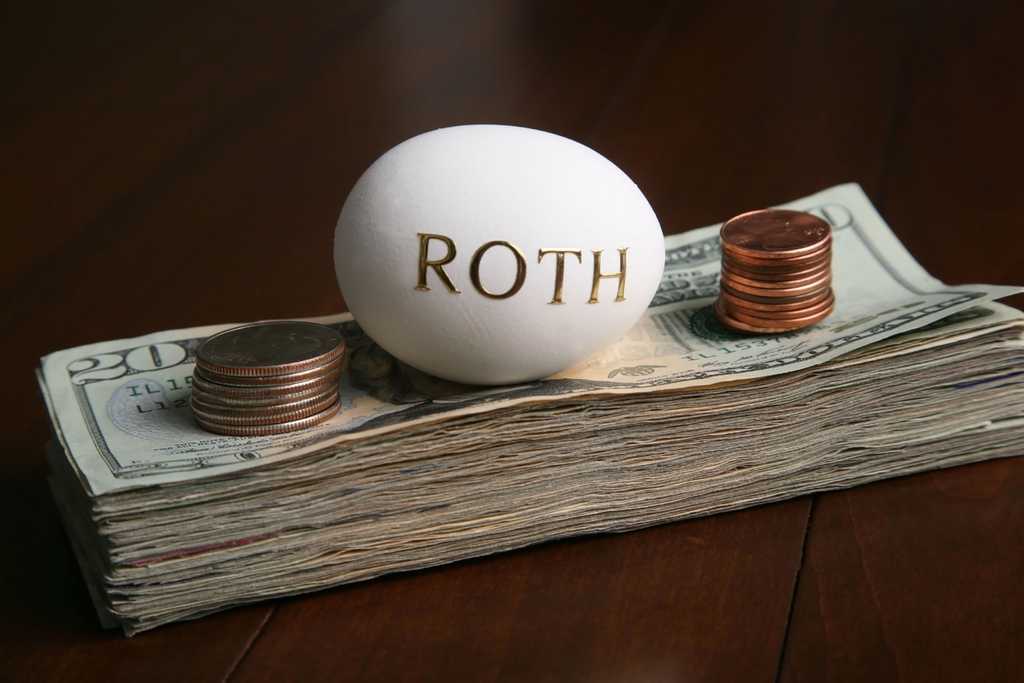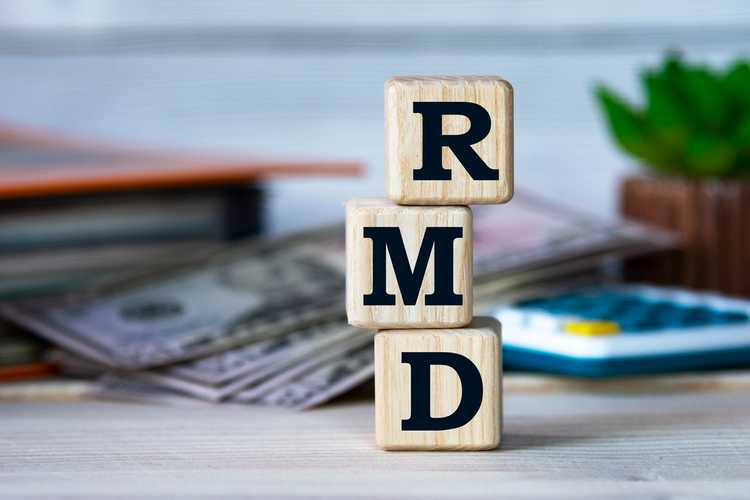A mega backdoor Roth is an option for some people to contribute up to $38,500 after-tax to their employer’s 401(k) and then do a Roth conversion. At this writing it is unclear whether the mega backdoor Roth will survive the final version of the $2 trillion Build Back Better package passed by the House and awaiting a vote in the Senate.
What is a mega backdoor Roth?
If your employer’s 401(k) offers the option to do so, you can contribute up to $38,500 in 2021 after-tax to the plan. This is over and above your regular employee deferral contributions of $19,500 and $26,000 for those who are age 50 or over.
These after-tax contributions are then converted either to a Roth IRA or a Roth 401(k) account within the plan depending upon the plan’s rules.
How Does a Mega Backdoor Roth Work?
A mega backdoor Roth is similar to a backdoor Roth IRA conversion, but the term “mega” comes from the fact that the amount that can be contributed is much larger than with a backdoor Roth IRA.
If you go this route, you would make the after-tax contributions to the plan up to the maximum.
Depending upon what is allowed by the plan, your options for converting these after-tax contributions will vary.
- If the plan allows in-service withdrawals then you can take the amount of these after-tax contributions and roll the amount to an IRA account. You may need to roll the funds to a traditional IRA account and then do a Roth conversion or you may be able to do this all in one step. You would owe taxes on any earnings on your after-tax contributions. If you have to roll the money over to a traditional IRA prior to doing the conversion, you may be required to pay additional taxes if you have other funds in a traditional IRA account in addition to the amount you will be converting. Note in some cases, in-service withdrawals may be permitted only after you reach a specified age.
- If the plan allows this, you can do an in-plan conversion to a Roth 401(k) account within the plan. You will pay taxes on any earnings on these after-tax contributions. Down the road you will need to roll the Roth 401(k) dollars into a Roth IRA to avoid RMDs on these funds.
- If the plan does not allow in-service withdrawals or in-plan conversions to a Roth 401(k) account, you will have to wait until you leave the company to do a rollover or direct conversion.
For those who earn too much to contribute to a Roth IRA or those who want to be able to fund larger amounts to a Roth IRA via a conversion, the mega backdoor Roth can be a very powerful vehicle.
Mega backdoor Roth contribution limits
The contribution limit for 2021 is a maximum of $38,500 in after-tax contributions that can be made to your employer’s 401(k) plan if they allow for this. This contribution is over and above the limits for employee contributions of $19,500 and $26,000 for those who are 50 or over.
The contribution limit is scheduled to increase to $40,500 in 2022, again in addition to the normal employee deferral contribution limits.
Mega backdoor Roth taxes
There are several pieces to the tax situation surrounding a mega backdoor Roth.
- Contributions are made to your employer’s 401(k) plan on an after-tax basis. There is no upfront tax benefit on these contributions. This is similar to the way contributions are made to a Roth IRA or Roth 401(k).
- Investments inside of the plan made with these contributions grow tax-deferred. The earnings in the account will be taxed either when the Roth conversion is made or when withdrawn to the extent that any of the funds in this portion of your plan account are not converted.
- The value of the after-tax contributions is never subject to taxes.
- Upon doing a Roth conversion, either an in-plan conversion to a Roth 401(k) account or a conversion to Roth IRA, taxes will be due on any earnings converted, but not on the amount of the after-tax contributions.
It’s important to note that taxes can get a bit complex depending upon whether the pro-rata provision on Roth conversions applies to your situation.
Also note that once these contributions and earnings are converted to either a Roth IRA or a Roth 401(k) account, then the rules surrounding taxes on these accounts will apply. Withdrawals before age 59 ½ can be subject to a 10% penalty and/or taxes in some cases. The five-year rule on conversions will generally also apply to the converted amounts.
Mega Backdoor Roth and the Pro Rata Rule
The pro-rata rule can determine what portion of a mega backdoor Roth conversion is subject to taxes. To start let’s take a look at how this works with a backdoor Roth IRA conversion.
With a backdoor Roth, you would make an after-tax contribution to a traditional IRA account and then convert it to a Roth IRA. If there were no earnings on the after-tax contribution and you have no other money in a traditional IRA account, then the conversion to a Roth IRA will not incur any taxes.
However, if you have other money in one or more traditional IRAs, then the amount converted will be taxed based on the pro-rata portion of the money in all traditional IRAs that was contributed on a pre-tax basis and any earnings on money in the accounts to total traditional IRA balance across all accounts.
Here is an example:
- After-tax contribution current year $6,000
- Grand total in traditional IRAs $200,000
- Amount attributable to pre-tax contributions and earnings $170,000
- The percentage of any amount converted to a Roth IRA that would be subject to taxes is 85% ($170,000 divided by $200,000)
- The taxable amount of a $6,000 conversion would be $5,100 (85% of $6,000)
The pro-rata rule can also apply to a mega backdoor Roth in that distributions cannot be made that consist exclusively of the after-tax contributions. Any amount converted via in-house conversion to a Roth 401(k) account or distributed and converted to a Roth IRA outside the plan must consist of both money attributable to after-tax contributions and to earnings on those contributions.
Alternatives to a Mega Backdoor Roth
If your employer does not offer the option to make the necessary after-tax contributions to do the mega backdoor Roth, there are other alternatives you can consider.
- If your income allows for it, you can contribute directly to a Roth IRA account. The contribution limits are the same for all types of IRAs. Depending upon your income you may be able to contribute the full $6,000 or $7,000 for those 50 or over. Your Roth IRA contributions may fall into a phase-out range or may be totally eliminated if your income is too high.
- If your plan offers one, you can contribute to a Roth 401(k) option within your plan. There are no income limitations and you can contribute up to the 401(k) maximum contribution limits for the year.
- A backdoor Roth IRA conversion can also be done via an after-tax contribution to a traditional IRA and a conversion of that amount. You can also do a regular Roth IRA conversion from a traditional IRA account as well.
Potential rule changes limiting or eliminating the mega backdoor Roth
Provisions in the Build Back Better legislation passed by the House and pending before the Senate could alter or eliminate the ability to do a mega backdoor Roth as early as January 1, 2022.
There is a provision in the legislation that would prohibit the conversion of after-tax money in a traditional IRA or 401(k) to a Roth account effectively eliminating both the backdoor Roth IRA strategy and the mega backdoor Roth. At this writing there is no way of knowing if this will pass the Senate as is, be modified in some way or if this provision will be eliminated.
If this provision does become law, then there are ramifications for those currently doing a mega backdoor Roth:
- If the plan allows in-plan conversions to a Roth 401(k) you should consider this option before the end of 2021.
- If the plan allows for in-service distributions, you could consider rolling this after-tax money out of the plan and doing a conversion to a Roth IRA prior to the end of 2021.
- If neither of these options are available to you, you must either leave this after-tax money in the plan to grow as is and forgo the opportunity to do a Roth conversion with these funds. Your other option would be to leave the employer prior to year-end and do a rollover/Roth conversion. This is probably not a great option unless you were going to leave this employer anyhow.
The rule could stay in the final bill if passed by the Senate, but the timing could be modified. If you have a mega backdoor Roth account you will want to monitor developments here.
FAQs
Should I use a mega backdoor Roth?
If your employer’s 401(k) plan offers the mega backdoor Roth option it is something to consider, especially for those who have the income to fully fund it.
At this particular point in time it may make sense to wait and see if the final legislation passed by the Senate eliminates this option at the end of 2021 before starting the mega backdoor Roth option if you are not already doing this.
How do I create a mega backdoor Roth?
In order to do the mega backdoor Roth, your employer’s 401(k) plan must offer the option to make after-tax contributions to the plan over and above the normal employee deferral limits for the year.
The mega backdoor Roth can be a solid option for those who want to be able to fund larger amounts to a Roth account over time. The option is a bit in limbo given the current pending legislation before the U.S. Senate, those interested in this option or who are already using it should be sure to stay on top of the status of the pending bill.



